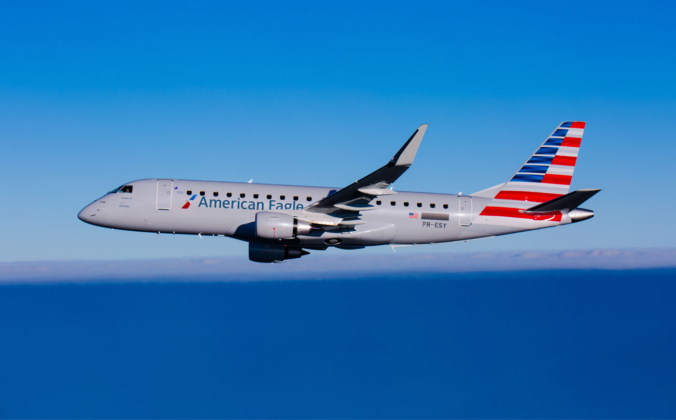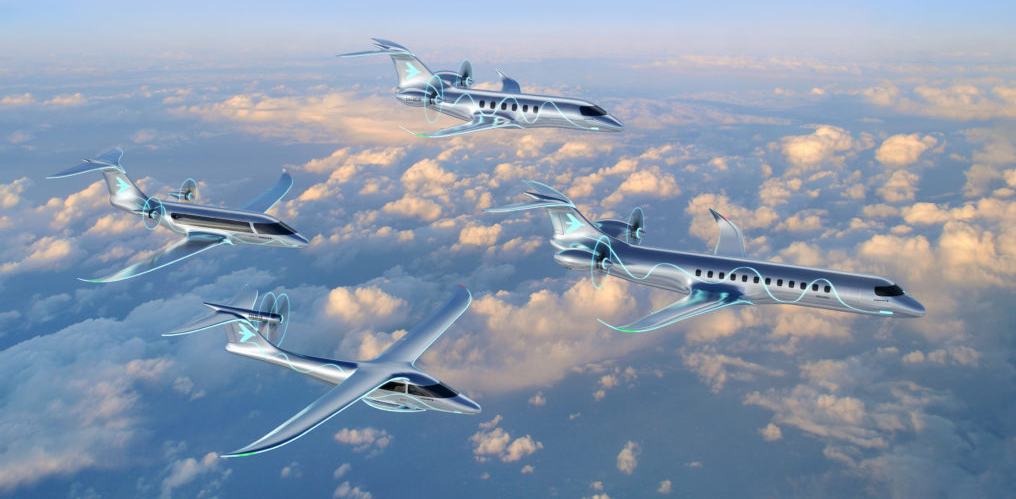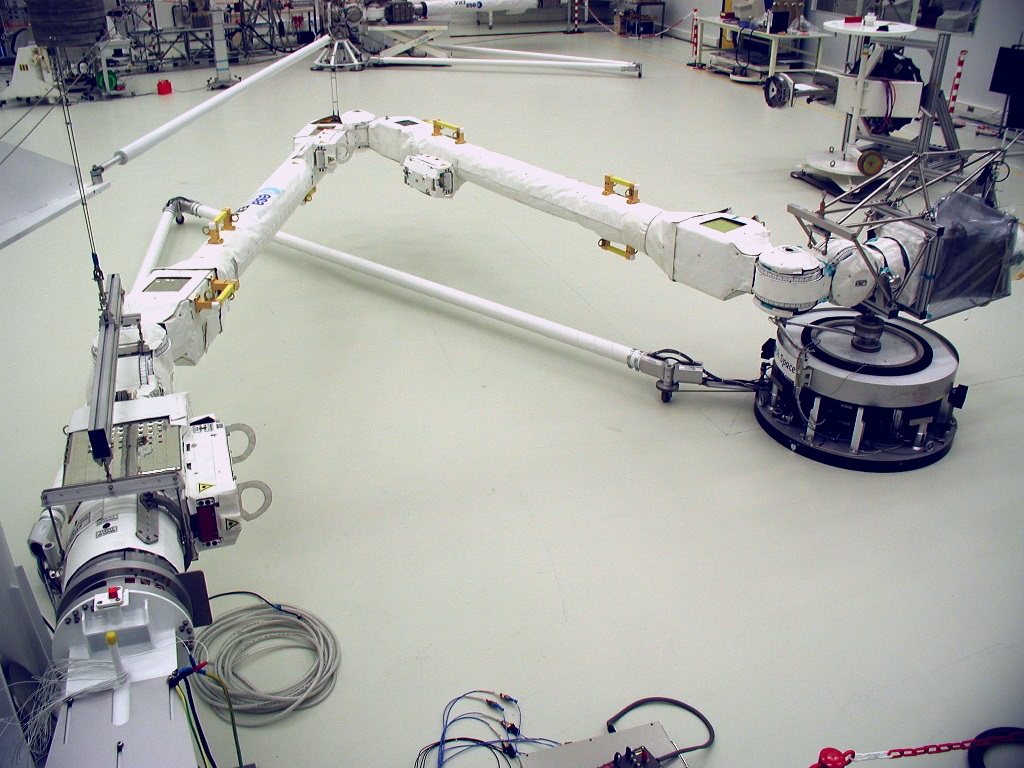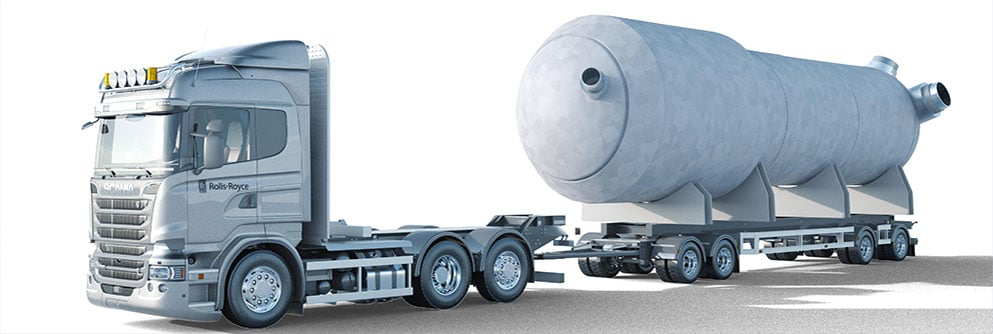Sao Jose dos Campos, Brazil, September 26, 2023 – Embraer (NYSE: ERJ) announced today that American Airlines (NASDAQ: AAL) has signed an MoU with Embraer to join its Energia Advisory Group, an experienced and knowledgeable team of airlines, lessors, suppliers, and other aviation experts advising Embraer on its development of sustainable aircraft for the future. The MoU with Embraer will see the companies working together to define and establish the real-world requirements for sustainable, emission-free, and commercially viable aviation.
American is a recognized leader in the drive for sustainable flight and was named 2023 Eco-Airline of the Year by Air Transport World. American operates the youngest mainline fleet and the largest regional fleet among U.S. network carriers and in 2022 consumed more than two million gallons of sustainable aviation fuel. It has also invested in the development of hydrogen-powered propulsion and infrastructure.
American will work with the advisory group and Embraer to help define performance and design requirements for its four Energia concept aircraft. These aircraft, ranging from 9-to-50 seats, will use a range of electric, hydrogen and hybrid propulsion technologies.




